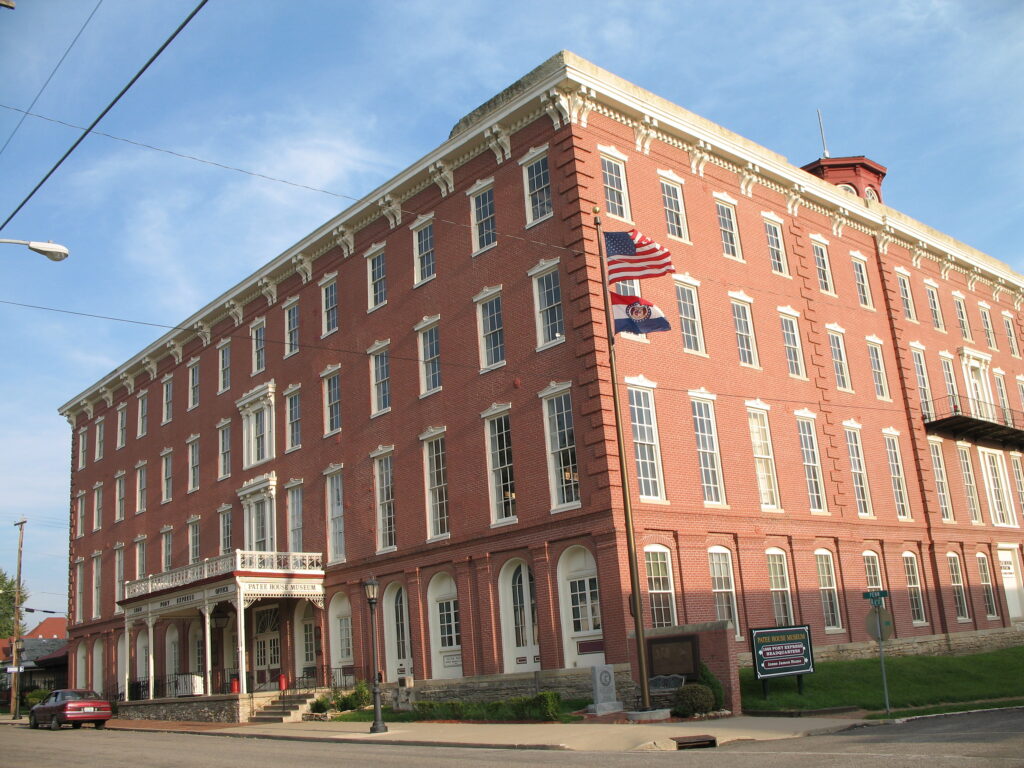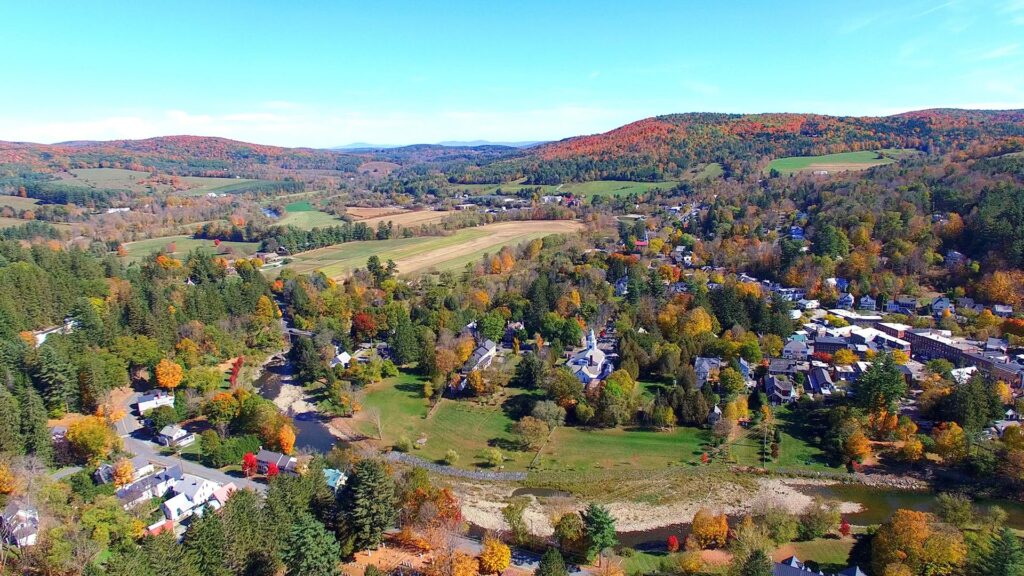1. Thurmond, West Virginia
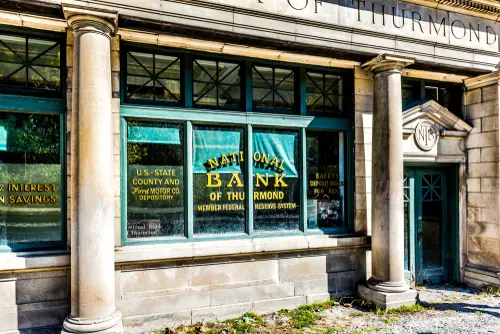
Thurmond was once the beating heart of the Chesapeake & Ohio Railway’s New River Gorge operations. The trains brought in miners, merchants, and money, and by 1910, it was one of the richest towns per capita in the state. When diesel engines replaced coal-fired locomotives, the need for Thurmond’s servicing yards disappeared almost overnight. The decline was swift — today, only a handful of people live there, and the old depot serves tourists more than trains.
The railroad’s departure didn’t just kill business; it took the soul of the town with it. The main street that once bustled with travelers is now eerily quiet, preserved more as a historic site than a community. You can still see the faded signs of what used to be hotels and banks, reminders of when rail ruled everything. Thurmond didn’t just lose trains — it lost its purpose.
2. Cairo, Illinois
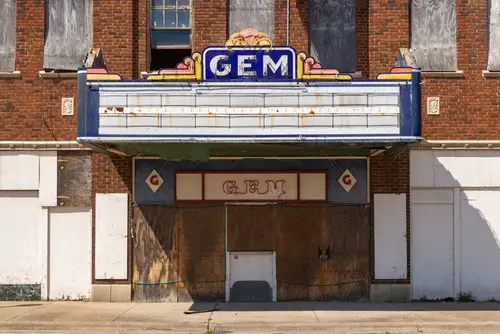
Cairo sat at the strategic meeting point of the Mississippi and Ohio Rivers, and railroads helped it flourish as a transfer hub. In the late 1800s, it was a booming river-and-rail town, moving goods between north and south. But when rail traffic shifted toward more efficient routes to the west, Cairo’s position stopped being advantageous. With trains rerouted, commerce dried up, and people followed.
The decline was heartbreaking for locals who’d built their livelihoods around the rhythm of incoming trains. Without them, jobs vanished, and river transport couldn’t fill the gap. Businesses shuttered, downtown emptied out, and the town’s identity as a crossroads faded into history. Cairo still stands — but only as a shell of what it once was.
3. Bodie, California
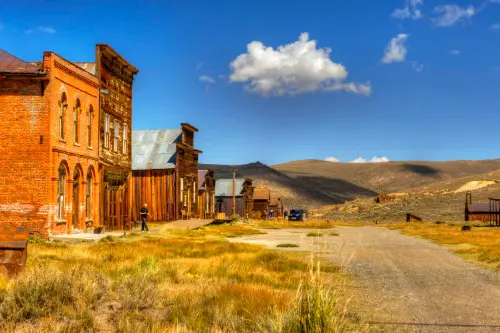
Bodie’s golden age was tied directly to its narrow-gauge railroad, which hauled ore from the mines and supplies into town. When the Bodie Railway and Lumber Company stopped operations in 1917, it was like cutting the town’s artery. Without steady shipments, mining couldn’t sustain itself, and people began leaving in droves. By the 1940s, Bodie was a ghost town.
The railroad’s absence was more than logistical — it stripped Bodie of its lifeblood. What was once a noisy, lawless boomtown fell silent. Buildings still stand, preserved in “arrested decay,” but the hum of industry is long gone. Visitors today walk through its remains and can almost hear the echo of a train that will never come again.
4. Kelton, Utah

Kelton sprang up along the First Transcontinental Railroad in the late 1860s, a vital stop for supplies and passengers. It thrived as a desert outpost — small but steady — until the Southern Pacific built the Lucin Cutoff across the Great Salt Lake in 1904. That new route bypassed Kelton completely, taking all the trains and business with it. Within a few decades, there was nothing left but wind and ruins.
For residents, the rerouting was devastating. The telegraph office closed, freight stopped arriving, and families packed up for towns still on the line. Without the railroad, Kelton’s isolation was complete, and it simply withered away. Today, its cemetery is one of the few things left standing.
5. Pie Town, New Mexico
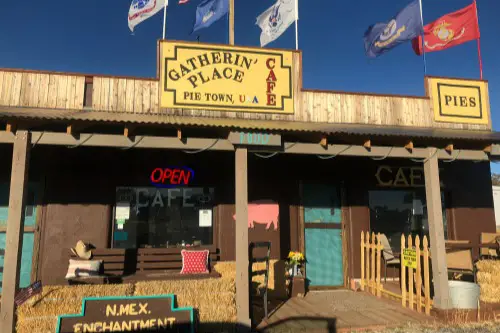
Pie Town started as a small settlement along the Albuquerque and Magdalena rail route in the early 1900s. The trains brought supplies, mail, and travelers eager for a slice of the town’s namesake pies. When the railroad shut down that spur line, the lifeblood of commerce and tourism vanished. Without visitors, Pie Town became just another forgotten spot on the map.
Residents held on, baking pies and welcoming the few who still came by car. But the town’s identity as a bustling waystation never recovered. It reinvented itself slowly as a quirky roadside attraction on U.S. 60, long after the trains stopped. The pies remained — but the purpose changed.
6. Dooley, Montana
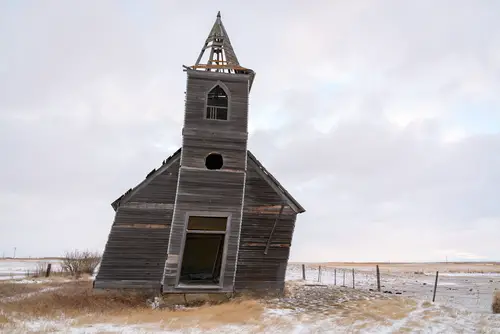
Dooley was built around the Soo Line Railroad, which promised to turn it into a farming hub in the early 1900s. Settlers came expecting prosperity, but the land proved harsh, and train traffic dwindled. When the railroad cut service, there was no way to move crops or goods efficiently. The town began to vanish not long after.
Without trains, Dooley had nothing to tie it to the wider world. The post office closed, stores shut their doors, and even the grain elevator stood empty. It’s now a ghost town, its story another reminder of how much these rails meant. A community built by trains couldn’t survive without them.
7. Piedmont, Wyoming
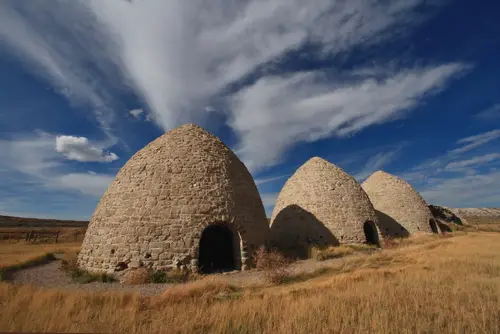
Piedmont came to life when the Union Pacific Railroad blasted through in the 1860s. It served as a stop for wood and charcoal, essential for fueling steam engines. But when the Aspen Tunnel opened in 1901, the new route skipped Piedmont entirely. Practically overnight, it became irrelevant.
The residents did what they could, but a town with no trains was a town with no economy. Businesses closed, the depot emptied, and families left in search of work elsewhere. Today, a few crumbling stone kilns mark the spot where a railroad once gave Piedmont life. It’s a monument to how progress can erase the places it once created.
8. Thalmann, Georgia

Thalmann used to be a critical junction for rail lines connecting Brunswick to the interior of Georgia. The little station made it a stopover for travelers heading to the coast. When passenger service shifted to nearby Jesup in 1979, Thalmann’s claim to fame evaporated. The town’s pulse went with the sound of the trains.
Without rail traffic, the stores and cafés near the depot couldn’t survive. The station fell quiet, and Thalmann shrank to a few scattered homes. Residents who remember the old days talk about the whistle that used to echo through the pines. When it stopped, so did the life of the town.
9. Benton Station, Tennessee
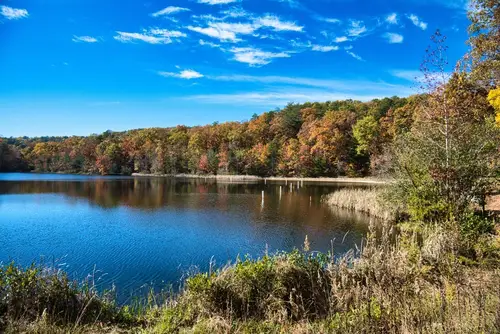
Benton Station thrived when the Louisville & Nashville Railroad used it as a connection point for goods moving through the Tennessee Valley. The trains kept the economy humming and linked the area to Chattanooga and Knoxville. When the line was abandoned in the mid-20th century, Benton Station lost its economic reason to exist. Businesses that depended on freight disappeared within a few years.
People began moving closer to highways, chasing new opportunities. The once-busy depot became a relic, its tracks slowly rusting under weeds. The town of Benton still exists nearby, but “the Station” itself became a ghost of its former self. Without trains, it was just another dot in the hills.
10. Green River, Wyoming
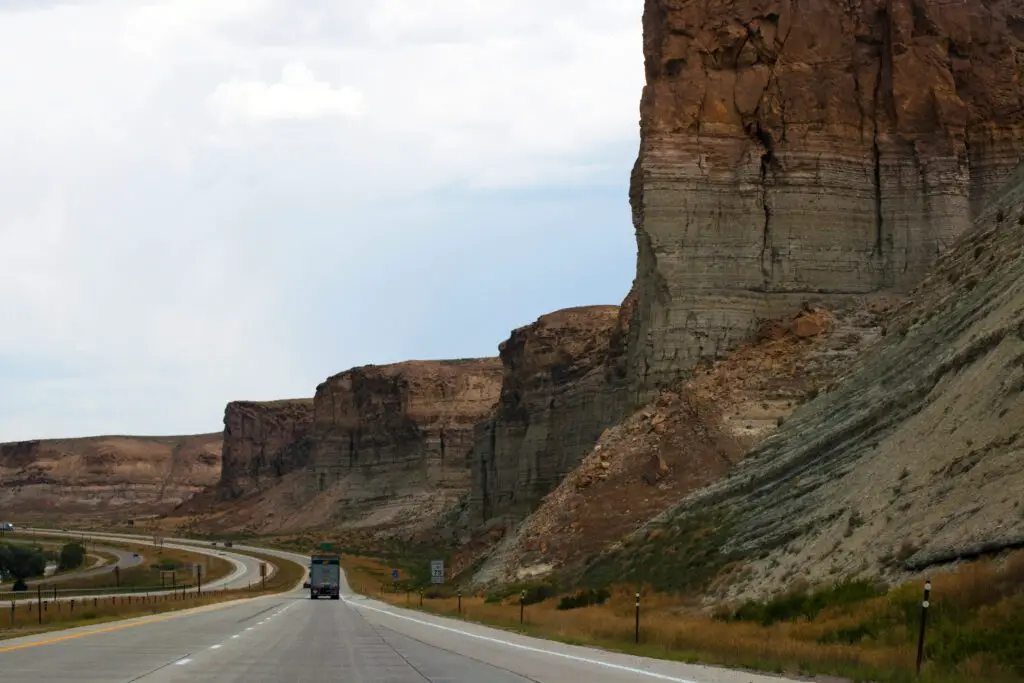
Green River had a complicated relationship with the Union Pacific. The railroad first bypassed it in favor of Bryan, but when Bryan ran out of water, the rail company moved back. That shift brought a boom, but later automation and rerouting cut back operations. The big yards closed, and Green River had to reinvent itself.
It managed to survive, but the transition wasn’t easy. The local identity that revolved around rail work shifted toward mining and tourism. Many old-timers still remember when the railroad was the town’s entire heartbeat. Today, the trains still pass through — but they don’t stop like they used to.
11. Ashton, Michigan
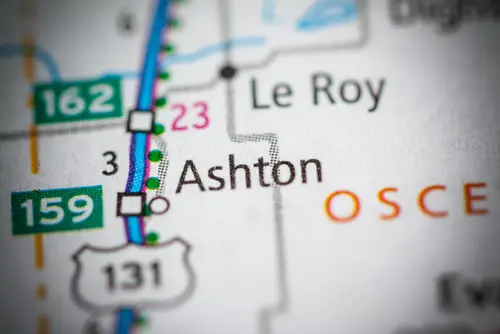
Ashton was founded in the 1870s with big dreams tied to the Grand Rapids and Indiana Railroad. The depot brought farmers, lumbermen, and traveling salesmen through town, making it a lively little stop in rural Osceola County. But when rail service declined and the station eventually closed, Ashton’s energy disappeared. Without trains, the town lost both business and visitors.
The closure forced residents to look elsewhere for work, and the once-bustling main street fell silent. Buildings that had housed general stores and hotels stood empty within a few years. What’s left now is mostly farmland and faint traces of the tracks that made it all possible. Ashton didn’t fade because it failed — it just got left behind by the rails.
12. Lombard, Montana
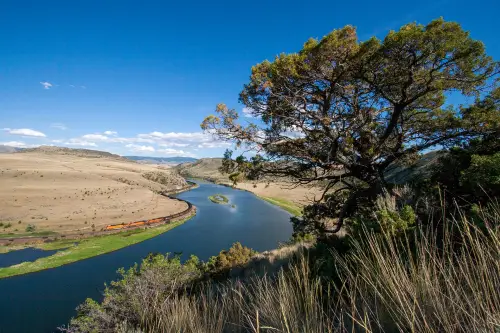
Lombard was once a key junction between the Northern Pacific and the Montana Railroad, giving it strategic importance at the turn of the century. It was a rough but busy place, full of railroaders and ranch hands sharing the same dusty saloon. When the Milwaukee Road’s expansion rerouted freight elsewhere, Lombard’s usefulness vanished. By the 1980s, the tracks were gone and the town with them.
Life without the railroad hit hard — the post office closed, and families left for larger communities nearby. The last few residents hung on until the very end, watching the rail lines pulled up one by one. Now, only the Yellowstone River and a few foundations remain to mark where Lombard once stood. Its rise and fall were as quick as a passing train.
13. New Philadelphia, Illinois
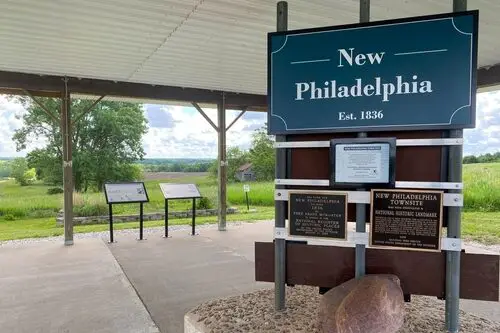
New Philadelphia’s story is a little different — it didn’t lose its railroad; it never got one, despite being promised one. Founded by Free Frank McWorter, a formerly enslaved man, it was poised to thrive until railroad planners deliberately routed tracks around it in the 1860s. That decision doomed the town to isolation while nearby communities flourished. Without rail access, businesses couldn’t compete, and families moved away.
The bypass was more than an economic loss; it was a cultural erasure. New Philadelphia became a symbol of how railroads could make or break a town’s destiny. Archaeologists have since unearthed its remnants, honoring the vision of a man who built something remarkable — only for the railroad to pass it by. Its ghostly absence of tracks still tells a story of opportunity denied.
14. Bodfish, California
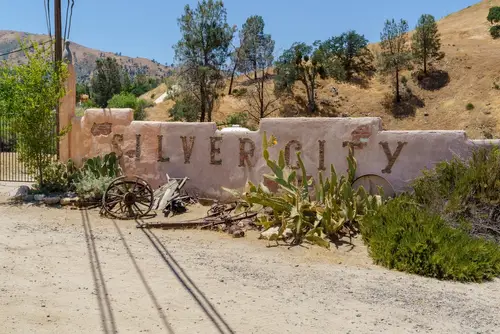
Nestled in Kern County, Bodfish grew up as a small service town for the Southern Pacific Railroad line running through the southern Sierra foothills. The trains carried goods and travelers between the mountains and the San Joaquin Valley, making Bodfish a modest but steady hub. When freight operations slowed and passenger service stopped, Bodfish lost the activity that had defined it. Businesses that depended on the depot closed, one after another.
Without the rhythm of the railroad, Bodfish settled into a quiet decline. Locals turned to ranching and small trade, but the hum of engines and whistles was gone. Today, it’s more of a sleepy residential town than the bustling pit stop it used to be. The rails may still cut through nearby hills, but the town that lived for them doesn’t anymore.
This post 14 Small Towns That Lost Their Identity When the Railroad Stopped Coming Through was first published on American Charm.

